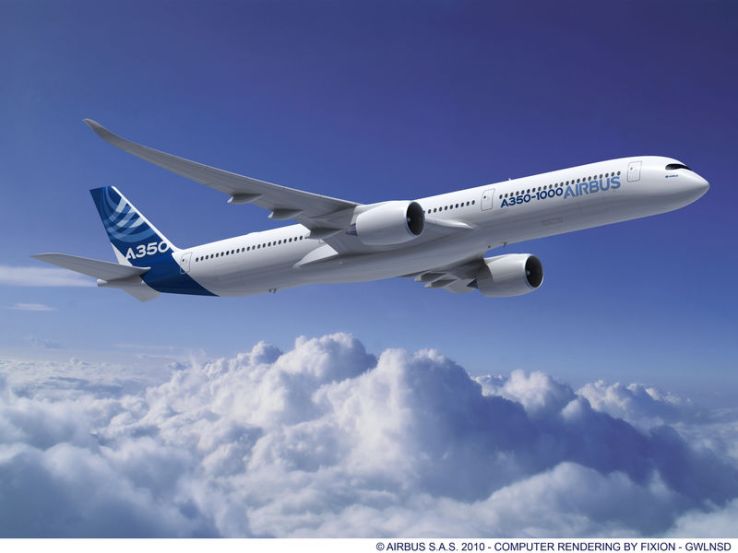
In late spring last year, the Netherlands-based aerospace and defense giant Airbus Group announced a $150 million corporate venture capital fund.
Today, that fund, Airbus Ventures, announced its first bet, on an eight-year-old, Phoenix-based company called Local Motors that uses 3D printing to make appliances and road-ready vehicles.
Our interest piqued, we talked earlier today with Airbus Ventures CEO Tim Dombrowski — who earlier worked as a partner at Andreessen Horowitz and as a director of global business development at Hewlett-Packard — to learn more about what he’s up to. Our chat has been edited for length.
 TC: How did you first connect with Airbus?
TC: How did you first connect with Airbus?
TD: I was recruited into Airbus Group. They had a big executive team come out to the Valley to investigate what else they could be doing around innovation and they came away with a couple of ideas, including that starting a venture business would give them a real purview into the venture ecosystem. They also wanted to start this innovation center where they could work on projects.
TC: That innovation center is located in downtown San Jose. You’re on Sand Hill Road. How closely do you work with that team?
TD: We talk if I have deep questions having to do with technical diligence. If they’re building projects that may some day have an exit, I want to talk [with them] about those sorts of things.
TC: Did Airbus staff its innovation center with Airbus employees or did it seek new blood from Silicon Valley?
TD: I think about one in ten people came from Airbus, but they really scoured the landscape for talent. They’re largely engaging with universities and the government and the industry across Airbus’s supply chain to work on projects.
TC: It sounds like they have a strategic mandate to help Airbus. Do you, as well?
TD: We’re an independent, financially-driven venture outfit, full stop. Airbus is my sole LP, and [I’m interested in technologies that are complementary to its interests], but I amthe investment committee. There are no other committees that sit above me. No sponsorship is required. We have the freedom to move quickly.
TC: Who is we? How big is your team, and are you hiring?
TD: I am still looking to hire a GP. In the meantime, there’s one other GP, Heikki Mäkijärvi, a Silicon Valley veteran who was long a venture partner with Accel Partners and who was more recently chairman of T-Venture, the corporate venture fund of Deutsche Telekom. We’ve known each other for five years — we met while I was at Andreessen Horowitz — and he has a great understanding of both independent VC and corporate venture.
TC: What types of companies are you looking to fund?
TD: We may be the only pure play aerospace VC that’s out there. That said, we’re interested in any company that wants to penetrate that marketplace, so anything having to do with aircraft — meaning commercial, military, helicopters, launch vehicles, rockets, satellite constellations — as well as hardware, software and systems, cybersecurity and safety, the Internet of things, connected factories, data analytics associated with sensor systems, the networking and telecommunications associated with connecting those things together . . .
TC: What size checks are you writing?
TD: We’ll mostly be investing into Series A and B deals, and the check sizes will have to be appropriate to the overall size of the round. But we want to build a sizable portfolio. We don’t want to be left with three or four investments.
TC: How does your new investment in Local Motors play into your investment theme?
TD: As part of our investment thesis, we think about advancements happening in product development, and one of those is 3D printing. As we’ve looked into that, Local Motors just kept popping up. 3D printing isn’t the core of what they do, but it’s a big part of their manufacturing process and lets them build products rapidly. So we think the company is a great financial investment, but we also like that what they are doing could be accretive for our LP. [Local Motors] has already begun talking with Airbus about advancing its product development and how to speed product introductions.
We’re getting very excited by the road ahead. There’s so much untapped opportunity in the future of flight that we hope not even the sky is the limit here.

Comments
Post a Comment